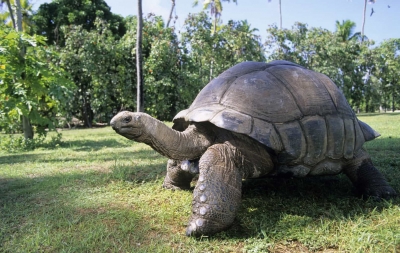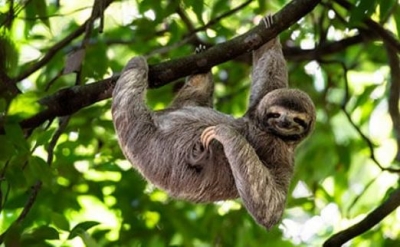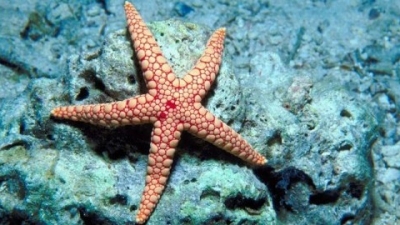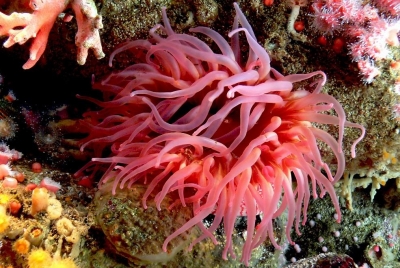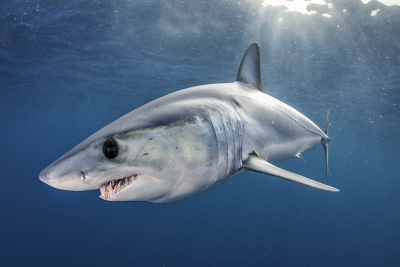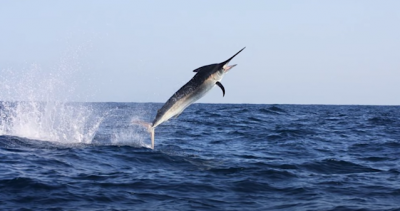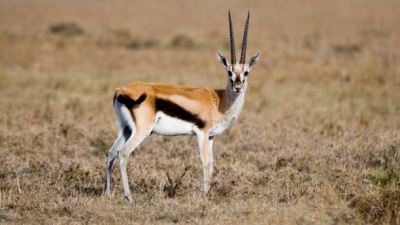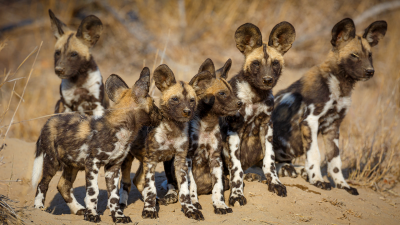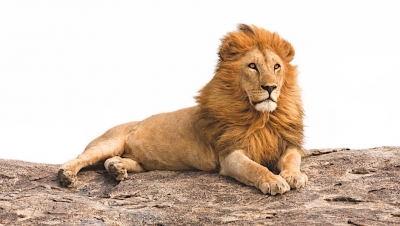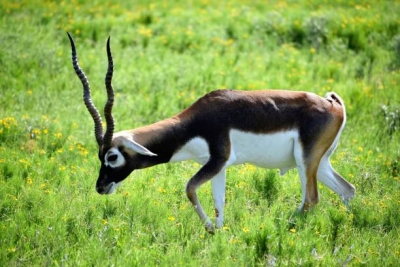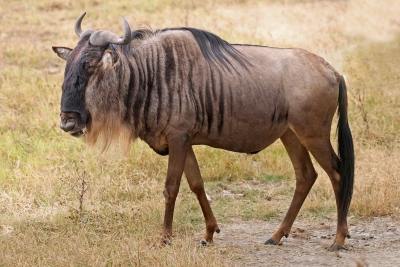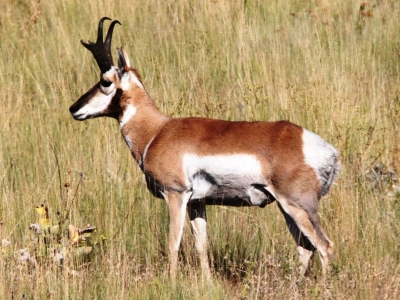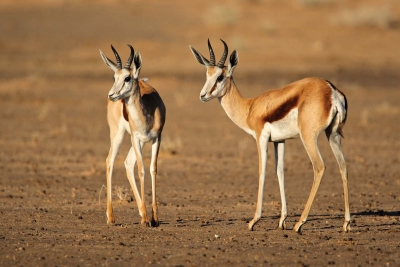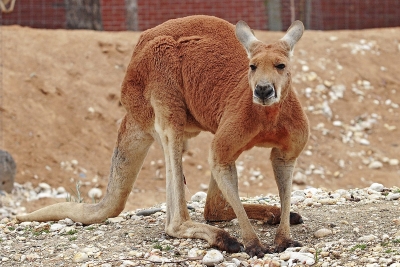CAN PLANTS GLOW IN THE DARK?
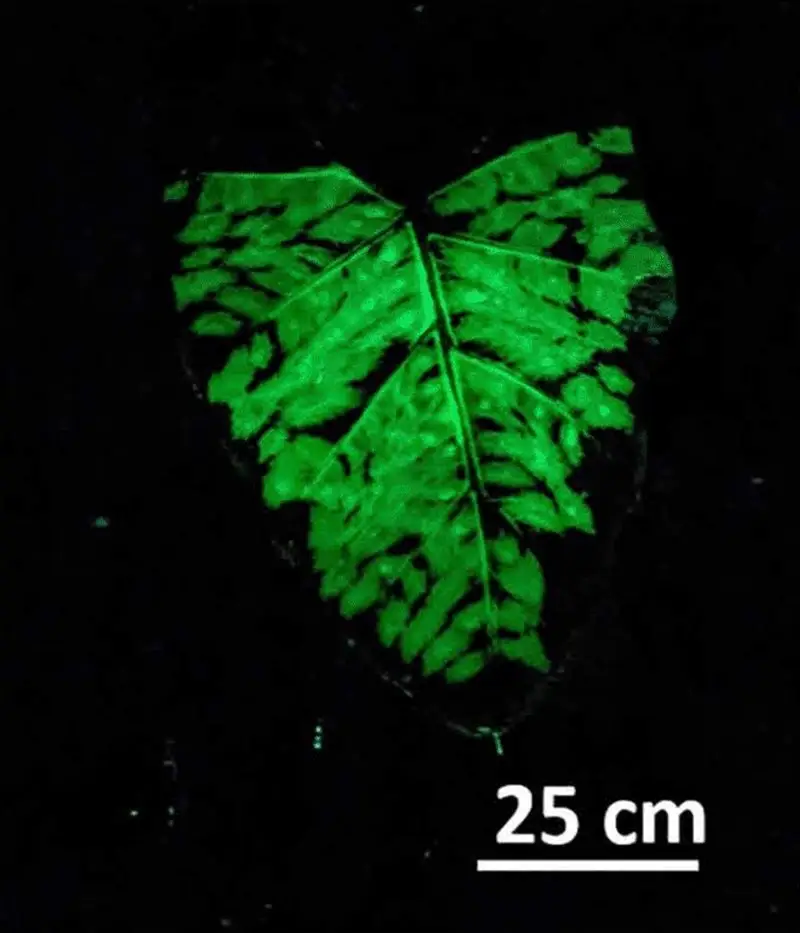
Scientists at MIT are developing light-emitting plants with particles that absorb light, store some of it, and emit it gradually - a big step towards plant-based lighting.
'Plant nanobionics' involves embedding nanoparticles into plants to give them new abilities. Past work by MIT has created plants that send electrical signals when they need water, spinach that detects explosives, and watercress that glows in the dark.
The team used nanoparticles made of strontium aluminate as the phosphor, to absorb visible or ultraviolet light and then release it as a phosphorescent glow over time. The nanoparticles were coated with silica to protect the plants from damage. Several thousand times smaller than the width of human hair, the nanoparticles were infused into the plants through their stomata (small breathing pores on the surfaces of leaves) and accumulated in a spongy layer called the mesophyll. After about 10 seconds of LED exposure, the plants could emit light for about an hour, with the glow brightest for the first five minutes and then gradually 25 cm diminishing. The plants can be continually recharged for at least two weeks.
The goal is to develop glowing plants that could be used to passively light up streets or other public areas, reducing the energy consumption needed for street lights.
Picture Credit : Google
